Hiroshi Ishiwara, Masanori Okuyama, Yoshihiro Arimoto9783540407188, 3-540-40718-9
In fabrication of FeRAMs, various academic and technological backgrounds are necessary, which include ferroelectric materials, thin film formation, device physics, circuit design, and so on.This book covers from fundamentals to applications of ferroelectric random access memories (FeRAMs). The book consists of 5 parts; (1) ferroelectric thin films, (2) deposition and characterization methods, (3) fabrication process and circuit design, (4) advanced-type memories, and (5) applications and future prospects, and each part is further devided in several chapters. Because of the wide range of the discussed topics, each chapter in this book was written by one of the best authors knowing the specific topic very well. Thus, this is a good introduction book of FeRAM for graduate students and new comers to this field, as well as it helps specialists to understand FeRAMs more deeply.
Table of contents :
cover.jpg……Page 1
front-matter.pdf……Page 2
Index……Page 0
Conditions Desired for FeRAMs……Page 15
Doping Effects……Page 17
Grain Sizes……Page 18
Thickness Dependence……Page 19
Electrodes……Page 20
Domain Structure……Page 22
Polarization Switching Characteristics……Page 23
Frequency Dependence……Page 25
Retention……Page 26
References……Page 27
Index……Page 29
Introduction……Page 30
The Crystallization Process……Page 31
The Properties of Bi2SiO5-Added Bi4Ti3O12 Films……Page 33
The Formation of Ultra-Thin Films……Page 37
Annealing Effects in High-Pressure Oxygen……Page 38
Summary……Page 41
References……Page 42
Index……Page 44
Introduction……Page 45
Domain Configuration……Page 46
Reversible and Irreversible Polarization Contributions……Page 49
Ferroelectric Switching……Page 51
Fatigue……Page 55
Imprint……Page 56
References……Page 58
Index……Page 60
Introduction……Page 61
Experimental Details……Page 62
Nanoscale Domain Imaging in Ferroelectric Thin Films……Page 64
Nanoscale Piezoelectric and Hysteresis Behavior……Page 75
Summary……Page 80
References……Page 81
Index……Page 83
Introduction……Page 84
A Sputtering System for Mass Production……Page 85
The Optimization of Sputtering Conditions……Page 88
The Ferroelectric Characteristics of Sputtered PZT Capacitors……Page 92
Sputtering of SBT Films and Hydrogen Barrier Layers……Page 93
References……Page 95
Index……Page 97
Introduction……Page 98
SrBi2(Ta, Nb)2O9 and CaBi2Ta2O9 Thin FilmsDeposited via Triple Alkoxides of Sr–Bi–Ta/Nb and Ca–Bi–Ta……Page 99
CaBi3Ti3O12-X, CaBi4Ti4O15, and Ca2Bi4Ti5O18 Thin FilmsDeposited via Mixtures of Ca–Bi and Bi–Ti Double Alkoxides……Page 103
References……Page 106
Index……Page 108
Introduction……Page 109
SBT Films……Page 110
PZT Films……Page 111
Solid Solutionof SrBi2(Ta0.7Nb0.3)2O9 — Bi3TaTiO9 [(1-x)SBT-xBTT]……Page 113
(Bi,Ln)4(Ti,V)3O12……Page 114
Summary……Page 115
References……Page 116
Index……Page 118
Introduction……Page 119
An Experimental Method for the Synthesis and Characterizationof Ferroelectric Capacitor Layers……Page 122
The Magnetron-Based Synthesis and Characterizationof Ti–Al Layers and LSCO/Ti–Al Heterostructures……Page 123
Studies of Ti–Al and LSCO Film Growth and Oxidation Processes……Page 127
Studies of Ti–Al/LSCO Heterostructured Layer Growthand Oxidation Processes via Complementaryin situ Analytical Techniques……Page 128
Electrical Characterization of Ferroelectric Capacitorswith a Ti–Al Diffusion Barrier/Electrode Layer……Page 132
Summary……Page 134
References……Page 135
Index……Page 137
Introduction……Page 138
Nonlinear Dielectric Imaging with Sub-Nanometer Resolution……Page 139
A Comparison between SNDM Imagingand Piezo-Response Imaging……Page 143
The Theory of Higher-Order Nonlinear Dielectric Microscopy……Page 144
Experimental Details of Higher-OrderNonlinear Dielectric Microscopy……Page 145
The Principle and the Measurement System……Page 148
Experimental Results……Page 149
References……Page 150
Index……Page 152
Introduction……Page 153
The High-Density FeRAM Roadmap……Page 155
The Current Status of PZT Capacitor Materials……Page 159
Summary……Page 161
References……Page 162
Index……Page 163
Introduction……Page 164
The Ferroelectric Capacitor……Page 166
The Hysteresis Loop Characteristic……Page 168
Pulse-Based Characteristics……Page 169
The Ferroelectric Memory Cell: Read and Write Operations……Page 170
Sensing Schemes……Page 173
The Wordline-Parallel Plateline (WL//PL)……Page 174
The Bitline-Parallel Plateline (BL//PL)……Page 175
Summary……Page 176
References……Page 177
Index……Page 179
Introduction……Page 180
Reliable Ferroelectric Capacitor Technology……Page 183
Vertical Shape Capacitor Etching Technologywith Low Etching Damage……Page 184
Plug Technology……Page 185
Encapsulated Hydrogen Barrier Technology……Page 186
Novel Integration Technology……Page 187
Sub-10F2 Future FeRAM Technology……Page 188
References……Page 190
Index……Page 192
Leakage Current……Page 193
Electrical Breakdown……Page 194
Hysteresis Measurement……Page 197
Ferroelectric Fatigue……Page 199
Pulse Polarization Measurement……Page 200
Retention……Page 201
Imprint……Page 204
References……Page 208
Index……Page 211
Introduction……Page 212
Conventional FeRAM……Page 213
The Basic Structure……Page 214
Two Basic Operations……Page 215
The High-Speed Technique……Page 217
The One-Pitch-Shift Cell……Page 219
The Hierarchical Wordline Scheme without Extra Metal……Page 220
The Small-Area Dummy Cell Scheme……Page 221
Chip Size Comparison……Page 223
Low-Voltage Design……Page 225
References……Page 227
Index……Page 229
Introduction……Page 230
The cell Structure and Process……Page 231
The Electrical Properties of the PZT Capacitor……Page 235
Plug-Contact Resistance……Page 236
A Nonvolatile SRAM with Backup Ferroelectric Capacitors(NV-SRAM)……Page 237
Conventional Shadow RAMs Using Ferroelectric Capacitors……Page 238
The WRITE Operation……Page 240
The RECALL Operation……Page 241
The Cell Layout……Page 242
Other Advantages……Page 243
Chip Fabrication and Experiments……Page 244
References……Page 246
Index……Page 248
Introduction……Page 249
The Single-Transistor-Cell-Type Digital Memory……Page 250
An Analog Memory for Storing Synaptic Weightin a Neural Network……Page 252
Improvement of the Data Retention Characteristics……Page 254
A Comparison of the MFIS and MFMIS Structures……Page 256
The Relation between the Buffer Layer Thicknessand the Area Ratio……Page 257
Control of the Crystal Orientation……Page 259
Other Important Buffer Layers and Ferroelectric Films……Page 261
The Cell Structure and Basic Operation……Page 262
Experimental Results……Page 263
References……Page 266
Index……Page 268
Introduction……Page 269
Experimental and Characterization……Page 270
Experimental Results……Page 271
The Ferroelectric Nonvolatile Latch……Page 275
Test Chip Measurement……Page 277
Other Nonvolatile Latch Circuits……Page 279
Applications Using the Nonvolatile Latch……Page 280
A Novel Functional Device……Page 281
References……Page 283
Index……Page 284
Introduction — A Prospect for the Future Information Technology World……Page 285
Smart Card Market/System Requirements……Page 287
Nonvolatile Memory Characteristics……Page 288
Contactless Cards……Page 289
Code-Reprogrammable Multi-Application Cards……Page 292
References……Page 296
Index……Page 298

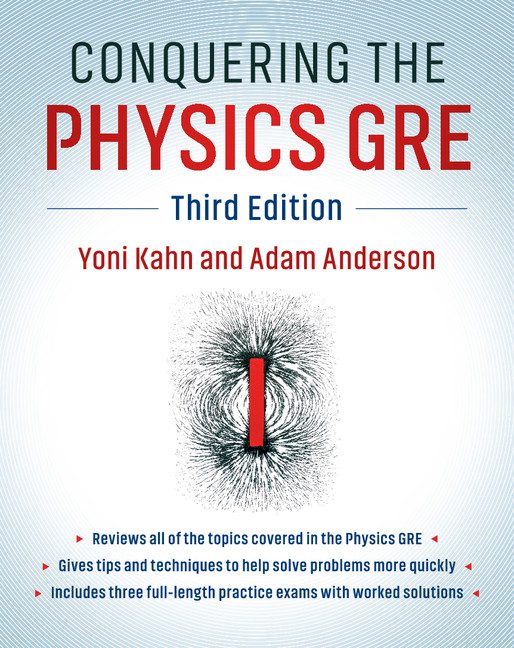
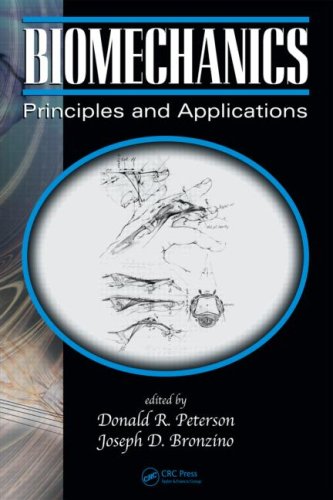
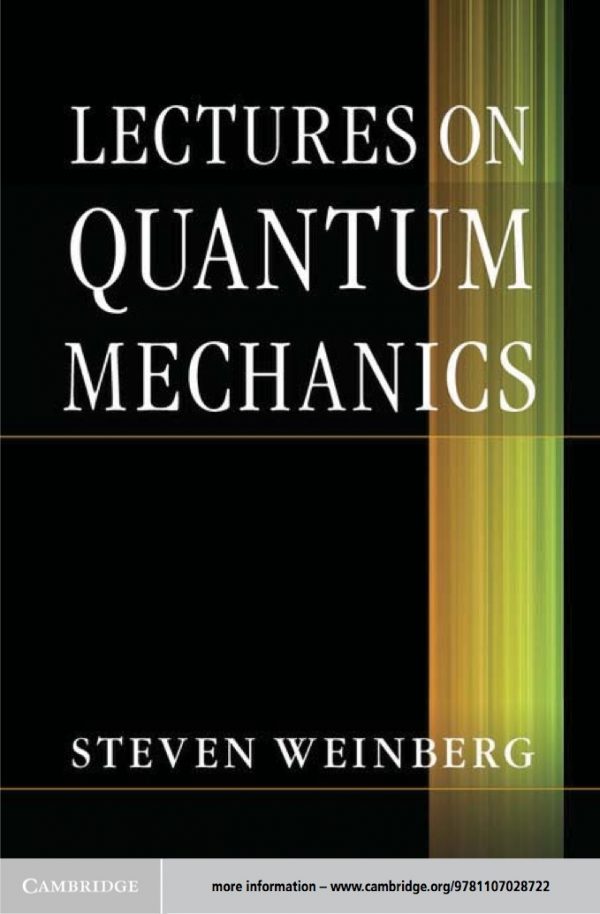
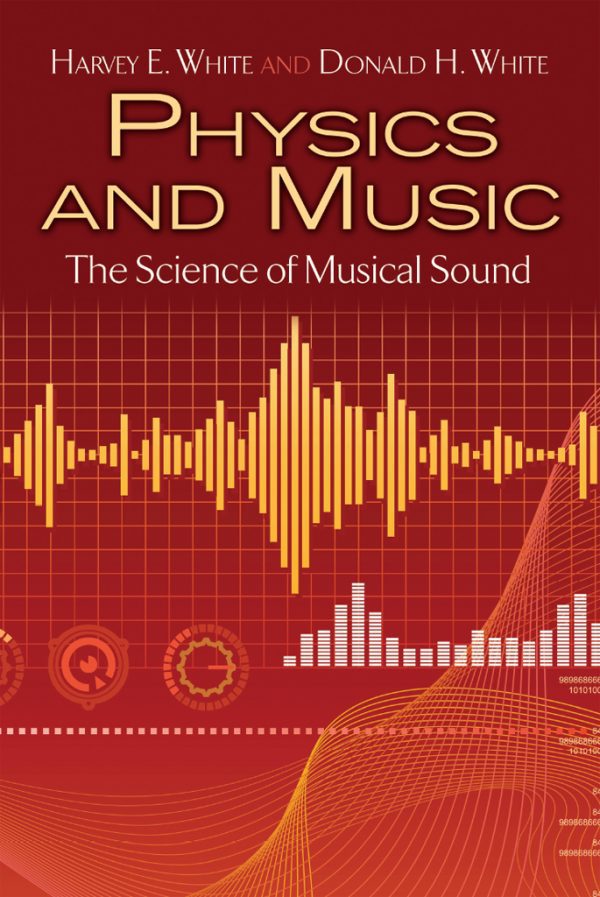
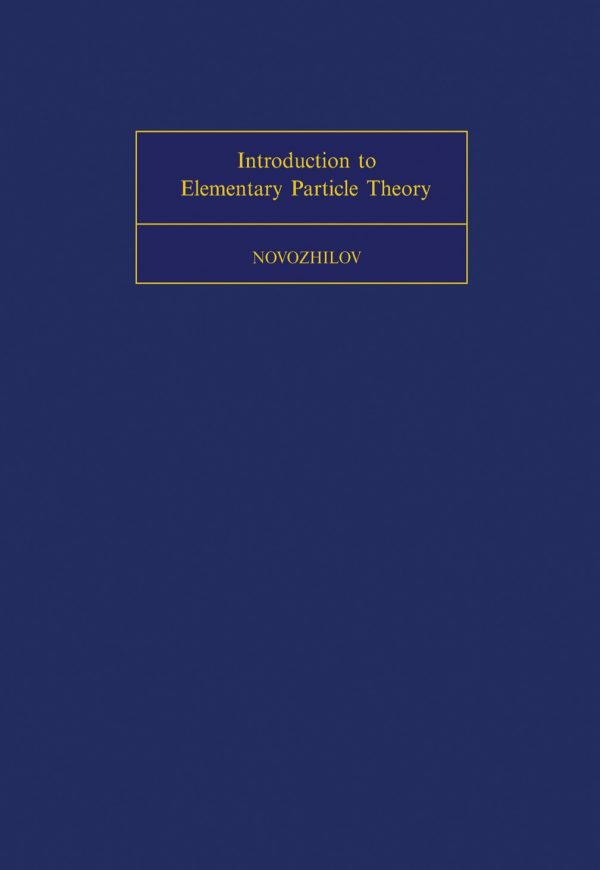

Reviews
There are no reviews yet.